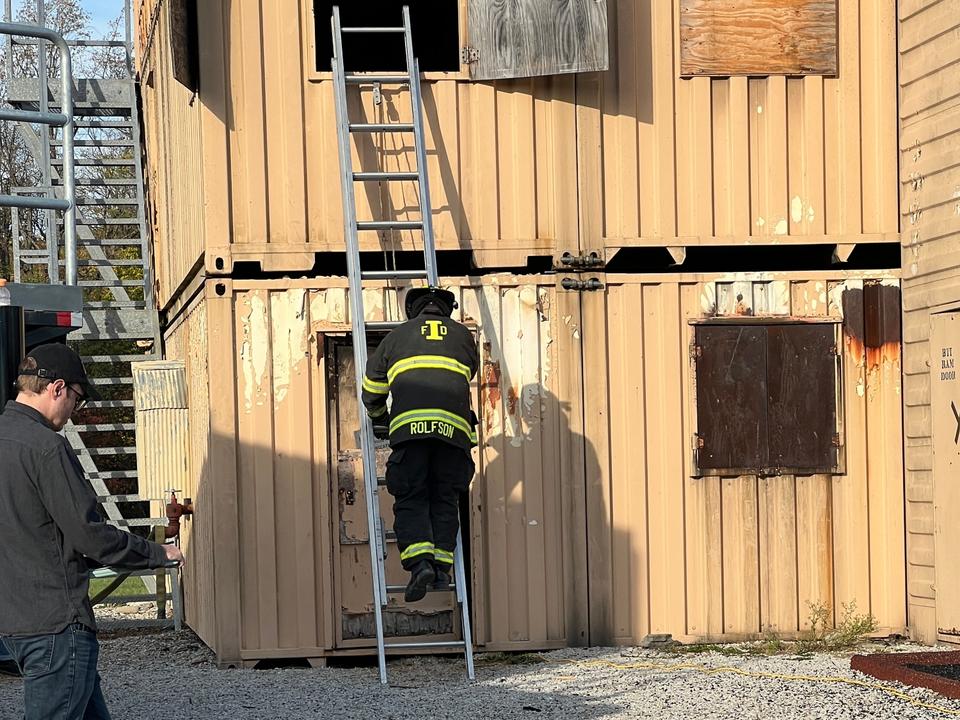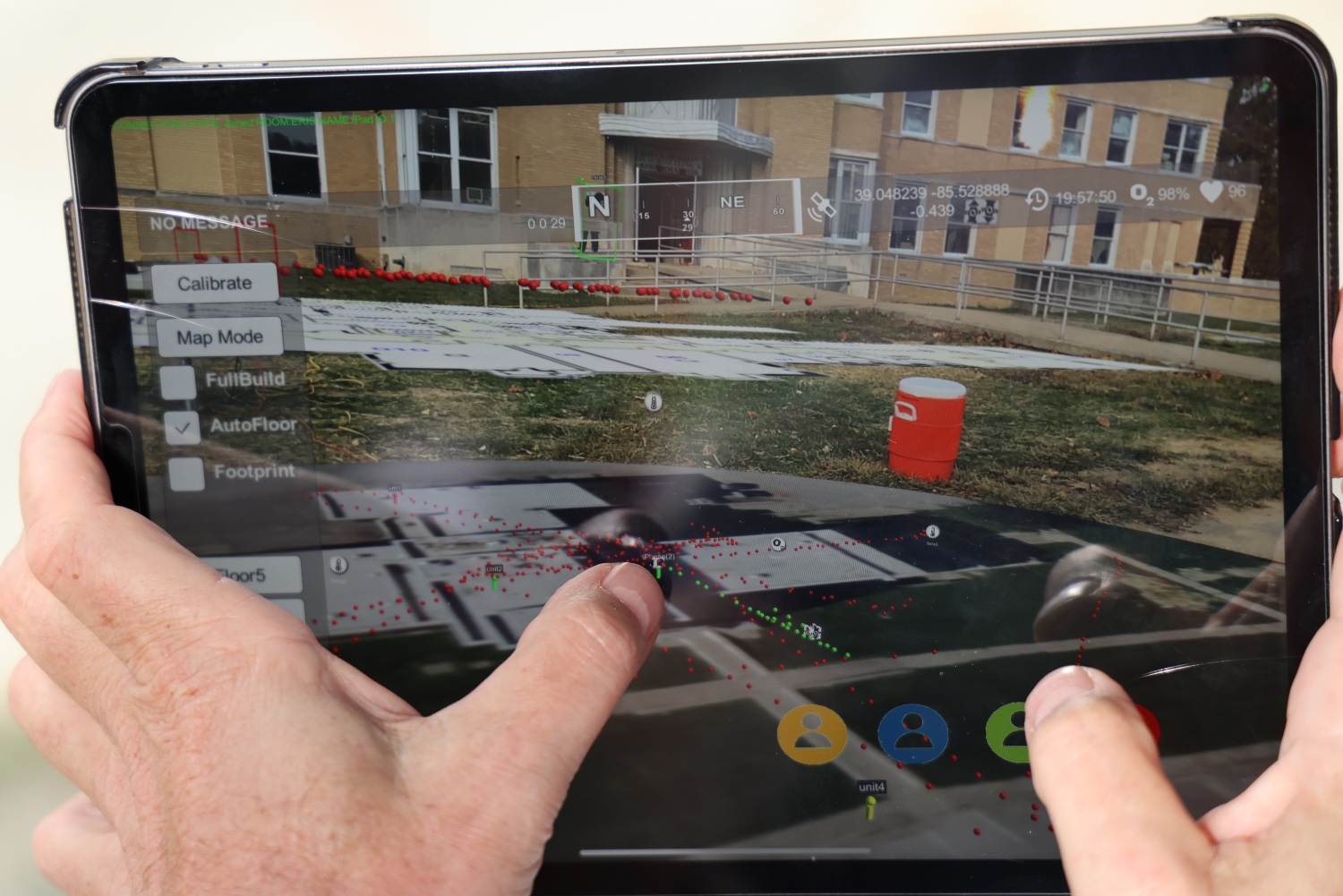- NIST has awarded $1.9 million to six teams for innovative 3D tracking solutions in the final phase of a competition.
- The winning designs combine localization and biometric monitoring, using sensors affixed to first responders’ equipment.
- This competition is part of an $8 million NIST-funded initiative to address first responders’ need for improved tracking in emergency settings where GPS falls short.

Firefighters test location tracking technology during a training exercise.
In emergency response scenarios, every second counts, and the ability to pinpoint a first responder’s precise location within building structures can be a matter of life and death. Aiming to enhance the technology for first responders to track their locations, the First Responder Smart Tracking Challenge (FRST) has successfully concluded its final phase.
Led by Indiana University and funded by an $8 million cooperative agreement from the National Institute of Standards and Technology (NIST), FRST addresses the crucial need for improved tracking capabilities in complex indoor environments where GPS often falls short.
Six teams vied for top ranking in the development of 3D tracking technology, a critical innovation aimed at improving the safety and efficiency of emergency response operations.
“Emergency response organizations across the country are begging and budgeting for this type of technology and are just waiting to get their hands on it,” said Gary Howarth, program officer for NIST’s Public Safety Communications Research Division, which oversees the FRST challenge.
The competition, which started in March 2022, included five phases, culminating in a final live testing phase at the Muscatatuck Urban Training Center in south-central Indiana. There, first responders from across Indiana, including the Columbus Fire Department, Indianapolis Fire Department and Bedford Police Department, faced various challenging scenarios, including smoke-filled rooms, darkness, stairs, ladders and tunnels, replicating real-world emergency conditions.
“All six of the finalist teams did well, and they each have unique offerings for the public safety community,” said Sonny Kirkley, director of the FRST Challenge at Indiana University. “While the judges did rate the teams, in many ways all six finalists were successful and have a real ability to bring a product to market from this competition.”

A Closer Look at the Winning Systems
From the $8 million cooperative agreement, a total of $5.6 million in prizes and support funding was distributed across five phases of the competition, which began in March 2022. The funds supported participants as they purchased materials, formed teams and created partnerships to develop their technology. A total of $1.9 million was awarded in the final phase of the competition among all of the competitors. Ascent Integrated Tech and AdaptiTrace emerged as the top-performing teams in the final phase of the challenge, each receiving $507,500 for their innovative solutions.
Ascent’s Smart Firefighting collective uses a platform that combines localization and biometric monitoring to track firefighters in 3D space within multistory buildings. It employs sensors affixed to the equipment of first responders, streaming crucial data including thermal imaging, environmental conditions and location information, while keeping an eye on carbon dioxide levels, humidity and airborne metal oxide, a byproduct from fires and industrial activities. The company’s goal is to develop a comprehensive product suite that incorporates additional features, including biometric data and environmental context.
AdaptiTrace’s system, also attachable to first responders’ equipment, employs multiple sensors and robotics to create a multilayered 3D map as responders move through a building.
Judges evaluated the winning teams based on criteria such as scalability, ruggedization, affordability and usability, emphasizing the importance of practical and effective solutions for real-world deployment.
NIST is currently collaborating with Indiana University to develop a plan to continue working with these teams and the greater location-based services community to improve their products and bring them to market.
The FRST Challenge not only showcases the technical prowess of these winning technologies but also establishes a repeatable model for addressing critical challenges faced by first responders. As the competition concludes, challenge organizers hope to see the integration of these innovative solutions into real-world emergency response operations, marking a significant step forward in enhancing the safety and efficiency of first responders in the field.

